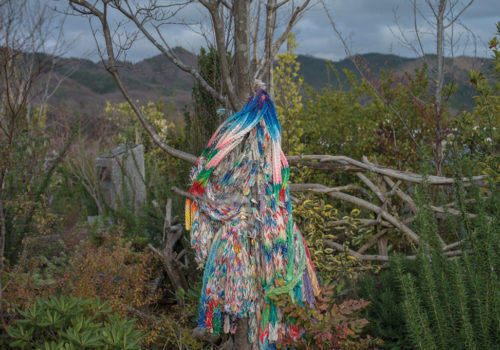On March 11th 2011, the Tohoku pacific coast of Japan was devastated with a triple catastrophe: earthquake, tsunami, nuclear incident. More than 15 800 people died, 6100 were injured, 2600 went missing and 128 000 buildings were destroyed. How to live near or within such a traumatized landscape, a year after and for the years to come? How to represent the long term impacts of such a catastrophe in order to comprehend and move forward? Will Tohoku rebuild itself both physically and in our minds?
In 2012, fourteen months after the events, Huneault went to Tohoku with these questions in mind, dividing his time there between volunteering for rehabilitation projects and documenting his experience through photographs and videos. Late 2015 and early 2016, almost five years after the tsunami, Huneault went back to the same 250 kilometres of Japan’s coast – from Fukushima to Kesennuma – believing that a view developed over a longer period of time is essential to understand the subtleties of how trauma and rehabilitation evolve, how a scared territory and its population can negotiate a new common future.
Post Tohoku – at the crossroad of documentary photography and more contemporary visual art forms – is part of Huneault’s long term commitment to look at how communities deal with large scale traumas. This cycle work includes his project on Lac-Mégantic, which won the CONTACT portfolio review award in 2014 and the Dorothea Lange – Paul Taylor Prize in 2015. Post Tohoku has received the generous support of the Canada Arts Council and of the Centre Sagamie.
EXHIBITION
Post Tohoku (2012-2016)
Michel Huneault
In part of Scotiabank Contact Photography Festival
From May 5th to June 12th, 2016
Campbell House Museum
160 Queen St. West
Toronto, ON M5H 3H3
Canada
Free Entrance
Tuesday – Fridau 9.30am – 4.30pm. Saturday & Sunday 12pm – 4.30pm
http://www.campbellhousemuseum.org
















